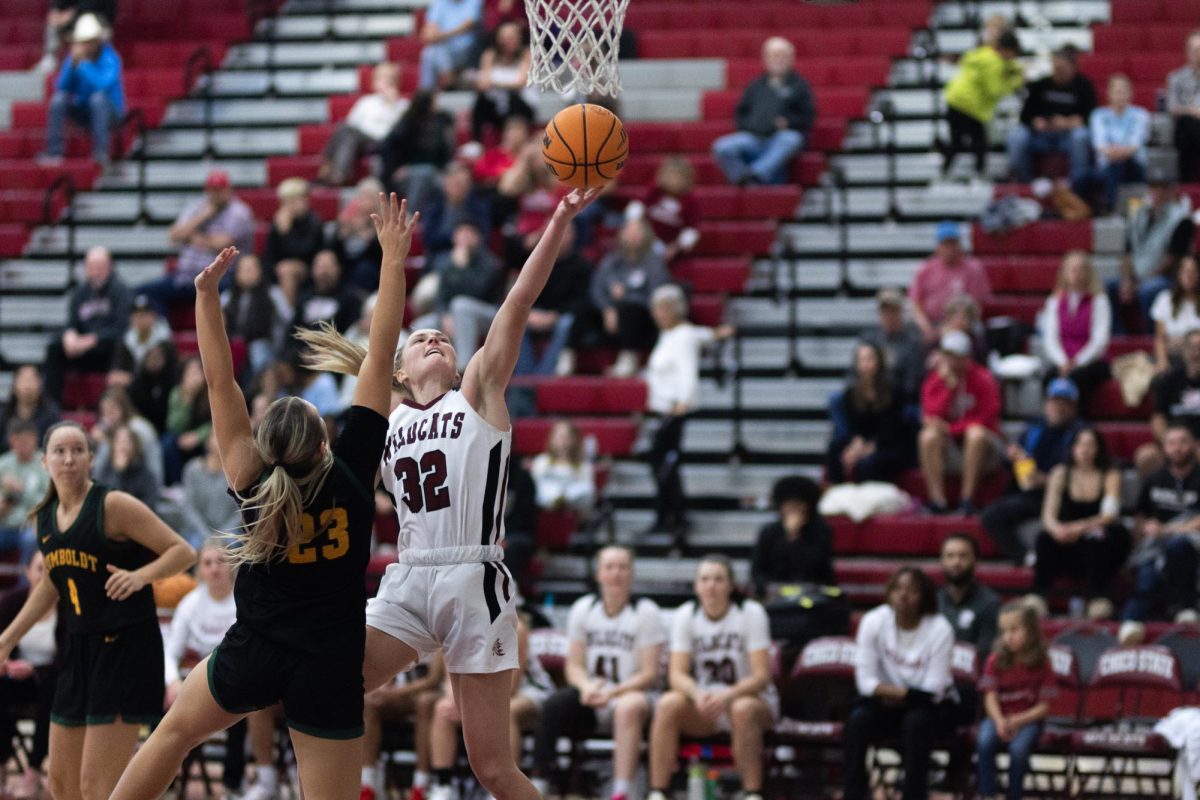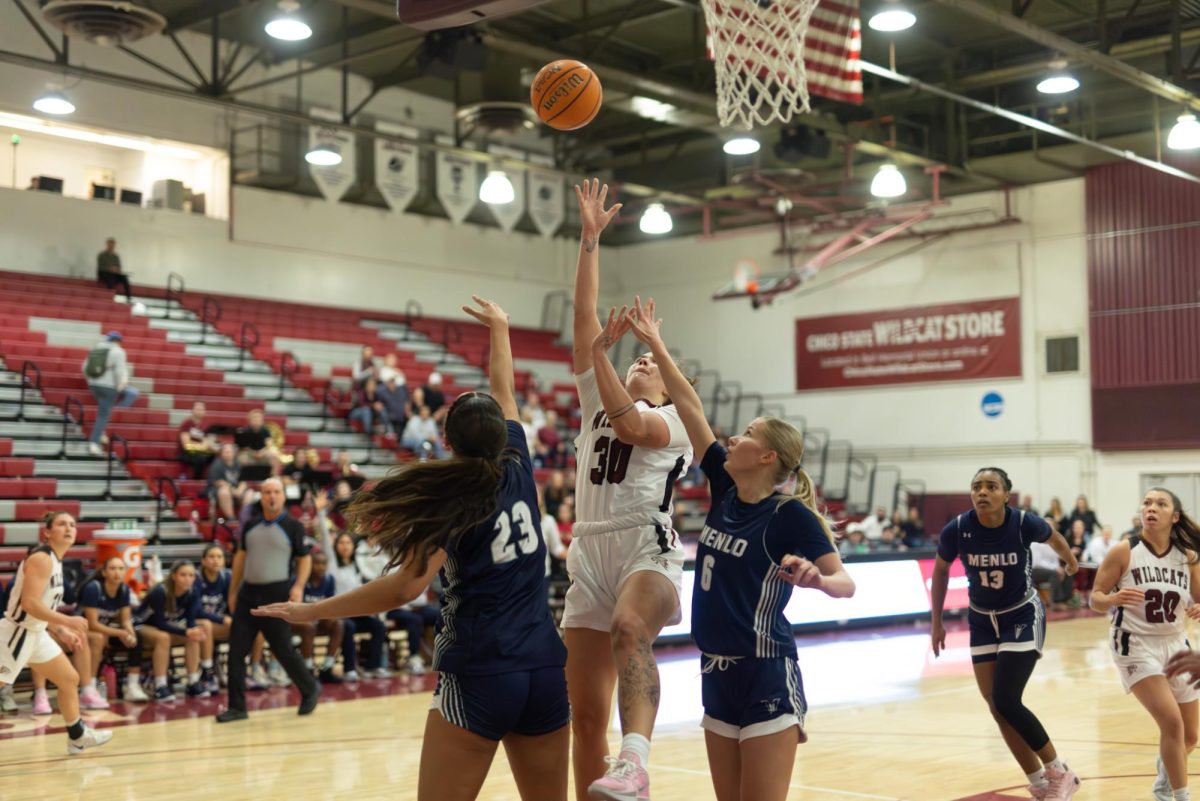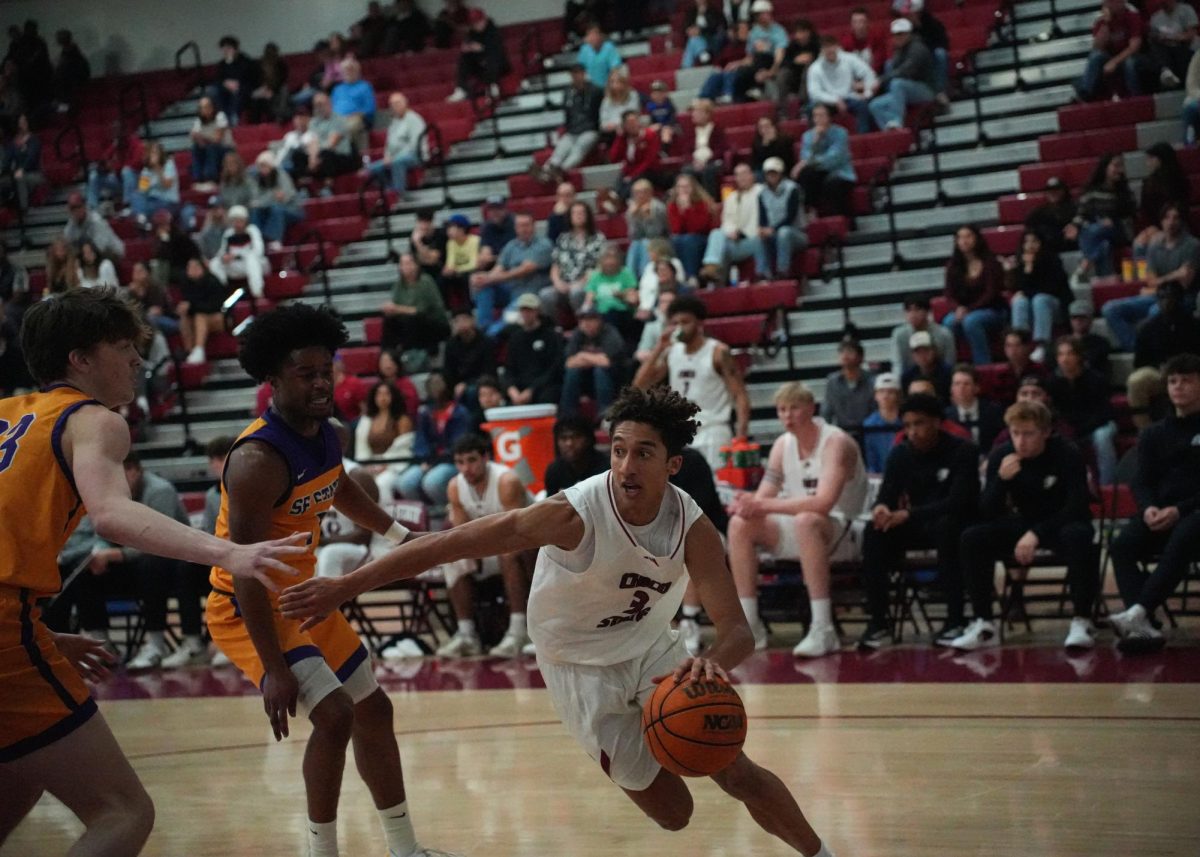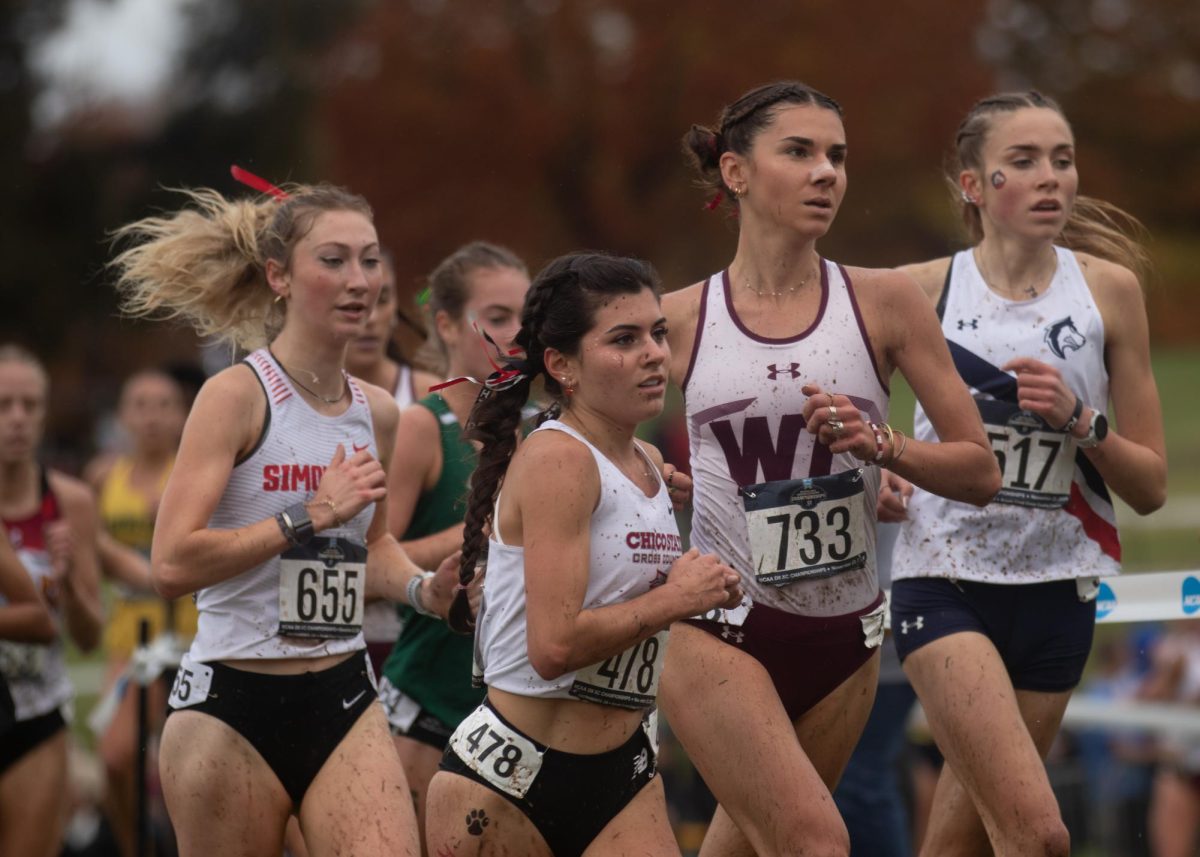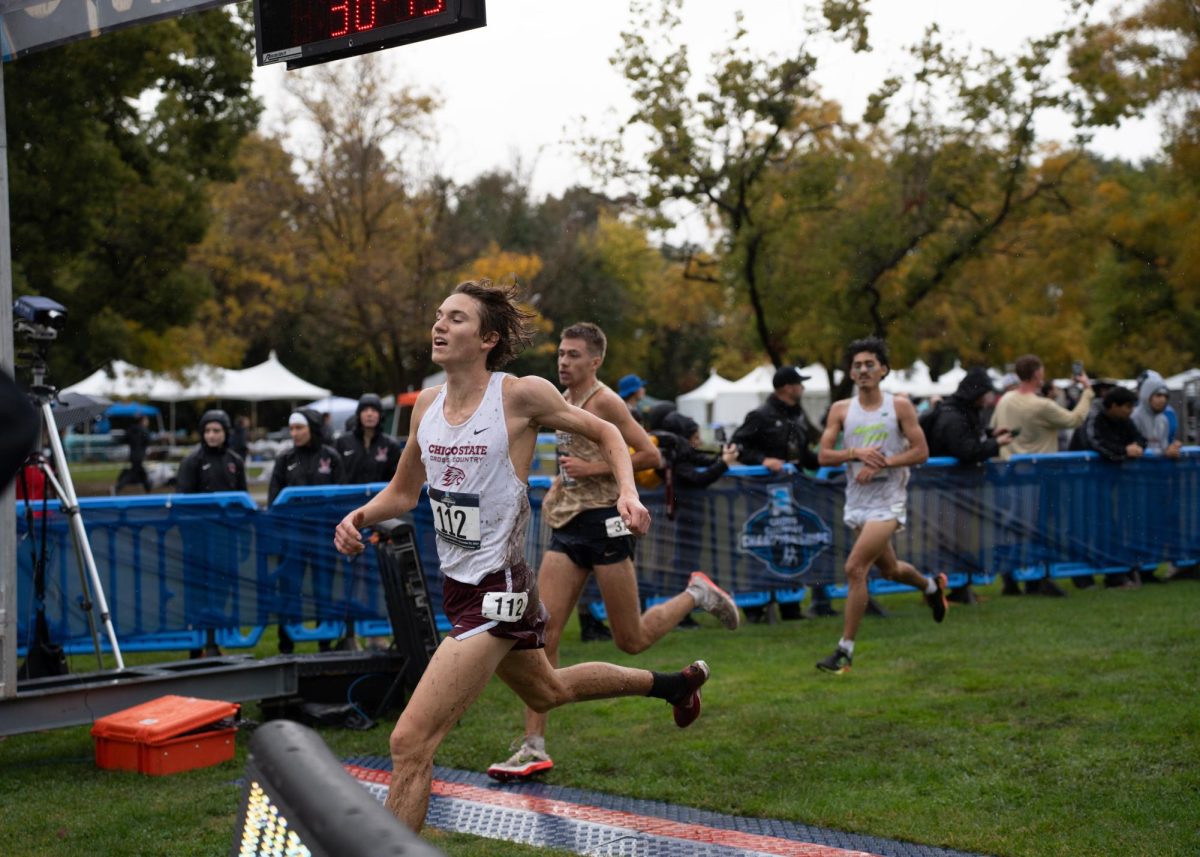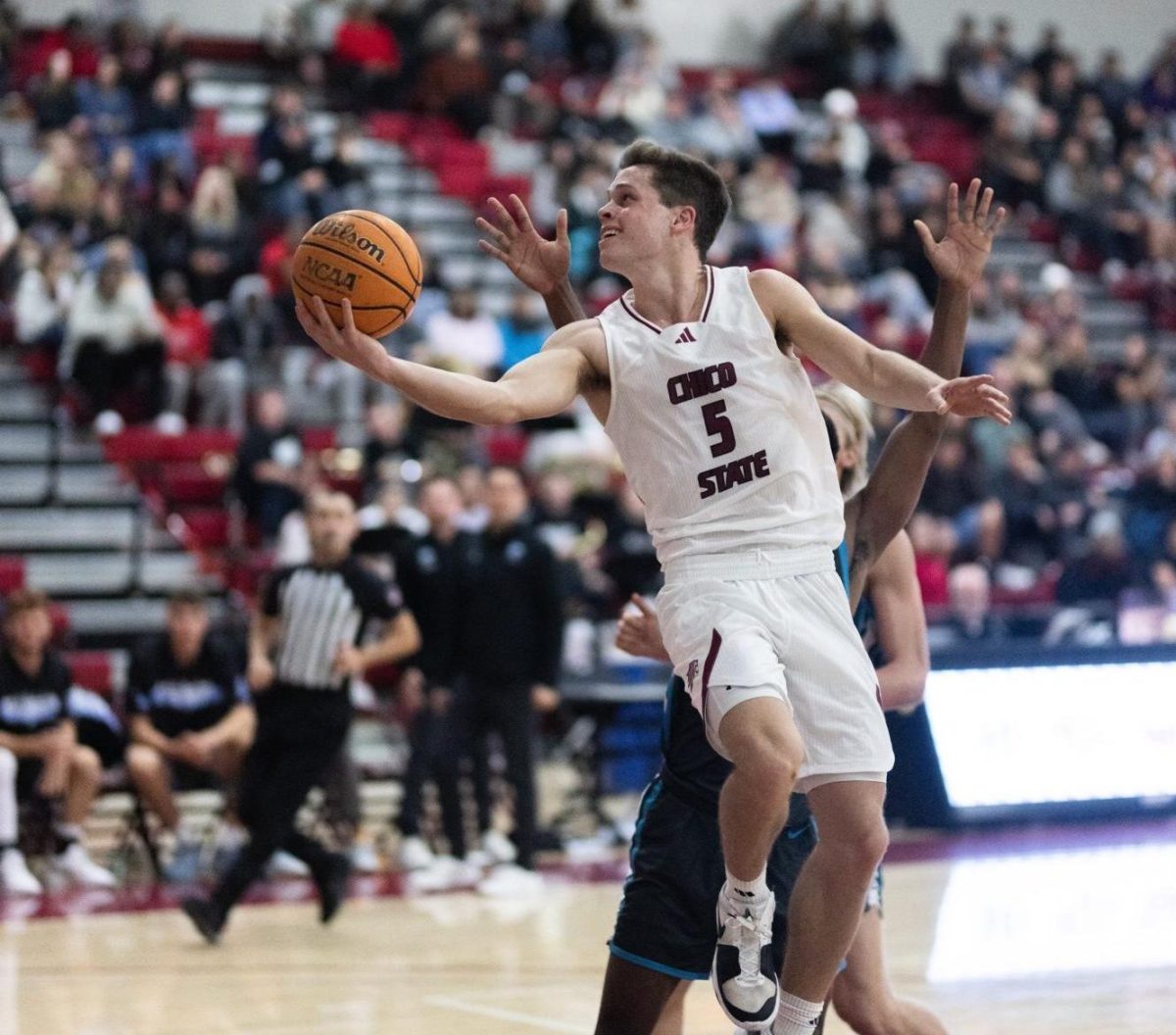
Chico State athletes are putting up big numbers not just on the scoreboard but in the classroom as well.
During the past seven years the average GPA of Chico student athletes has steadily risen to 2.9, according to an article by Luke Reid, Chico State’s sports information director.
More than half of the university’s 319 athletes earned a GPA over 3.0. Fifty-eight of those earned California Collegiate Athletic Association All-Academic awards for earning a 3.4 or higher in the 2013-14 school year.
The academic success of Wildcat athletes stems from recruiting players who care about getting degrees, said Greg Clink, the Chico State men’s basketball team’s head coach.
The culture has changed around recruiting, and the focus is now on getting student athletes who are competitive both athletically and academically, said Chico State athletic director Anita Barker.
“There’s a healthy dose of competition,” Barker said, in reference to teams hoping to score the coveted University Foundation Board of Governors Team GPA Award.
The award recognizes the men’s and women’s teams with the highest average GPA.
The most recent winners were the men’s golf and women’s soccer teams, who achieved a 3.14 and 3.18 GPA, respectively.
Clink said that time management can be hard, so he makes his players attend mandatory study halls where athletes are forced to give up their phones to ensure productivity.
He wishes that Chico State had more resources to help the players. He feels that the coaches at Chico State wear two hats and often must act as tutor and coach, Clink said.
“It’s sometimes harder at a Division II program because we don’t have the same type of academic support that a Division I would,” Clink said.
The budget for athletics at Chico is dwarfed by schools like the University of Texas.
To put it into perspective, Chico State expenses were just over $5 million for the 2013-14 school year, according to the Chico Wildcats website. On the other hand, a USA Today article cited the University of Texas as having expenditures of $146 million last year.
Conversely, Barker said that she believes Chico State being a Division II program helps students achieve higher grades. The model of Division II is “being a student first,” she said.
According to the NCAA, just about 3 percent of college athletes turn pro. A vast majority of professional athletes come from Division I schools.
Barker said that Chico State does not produce many athletes who play professionally. The players at Chico State know the odds are against them, so they understand the merit of achieving good grades and getting a degree, she said.
Matthew Tarr, a first-year soccer player, said that Division II programs make it easier on student athletes.
According to Tarr, he earned a 3.4 GPA his first semester. During the season there would be times that he would fall behind, but with resources like mandatory study halls and help from his fellow teammates, he was always able to catch up.
“I like being at a (Division II) because I feel like it can balance out easier,” Tarr said.
James Groh can be reached at [email protected] or @James_Groh14 on Twitter.



